The US Federal Aviation Administration (FAA) announced on October 11 that it had allowed space exploration company SpaceX to resume Falcon 9 rocket launches, after evaluating the results of the investigation and corrective measures related to the incident with the rocket's second stage.
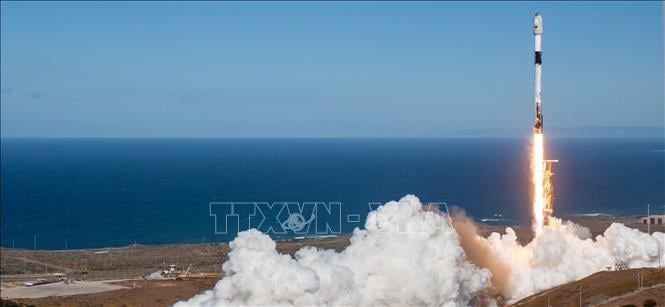
Earlier, on September 30, the FAA asked SpaceX to investigate the cause of the incident that occurred during a launch for the US National Aeronautics and Space Administration (NASA). This incident led to the third suspension of the Falcon 9 rocket in 3 months. In this latest incident, the Falcon 9 booster fell into the Pacific Ocean, outside the safety zone approved by the FAA.
In an October 11 announcement, the FAA also said it had concluded its investigation into Falcon 9 failures during Starlink satellite launches in July and August.
The FAA is scheduled to make a statement on October 13 about whether the Falcon 9 can support the European Space Agency's launch of the Hera spacecraft from Florida.
In addition, the media also said that the FAA could approve SpaceX to deploy Starship 5 as early as this month. Starship 5 is the 5th test flight of the Starship space transport system developed by SpaceX.
Designed to be reusable, the system consists of two main parts: the Starship spacecraft, which will carry crew and cargo, and the Super Heavy rocket, which will launch Starship into orbit. Starship is intended to support deep space missions, including flights to the Moon, Mars, and other planets. Starship can carry multiple payloads and can support long-duration missions in deep space, with the ability to land and re-launch from the surfaces of other celestial bodies. Starship also aims to reduce the cost of space travel and increase access to space for both commercial and scientific research.
According to Thanh Phuong/VNA
Source: https://doanhnghiepvn.vn/cong-nghe/spacex-duoc-phep-noi-lai-hoat-dong-phong-ten-lua-falcon-9/20241012103637263


![[Photo] Prime Minister Pham Minh Chinh meets with King Philippe of Belgium](https://vstatic.vietnam.vn/vietnam/resource/IMAGE/2025/4/1/be2f9ad3b17843b9b8f8dee6f2d227e7)

![[Photo] Close-up of Vietnam's sniffer dog team searching for earthquake victims in Myanmar](https://vstatic.vietnam.vn/vietnam/resource/IMAGE/2025/4/1/d4949a0510ba40af93a15359b5450df2)

![[Photo] President Luong Cuong and King Philippe of Belgium visit Thang Long Imperial Citadel](https://vstatic.vietnam.vn/vietnam/resource/IMAGE/2025/4/1/cb080a6652f84a1291edc3d2ee50f631)
![[Photo] General Secretary To Lam receives King Philippe of Belgium](https://vstatic.vietnam.vn/vietnam/resource/IMAGE/2025/4/1/e5963137a0c9428dabb93bdb34b86d7c)
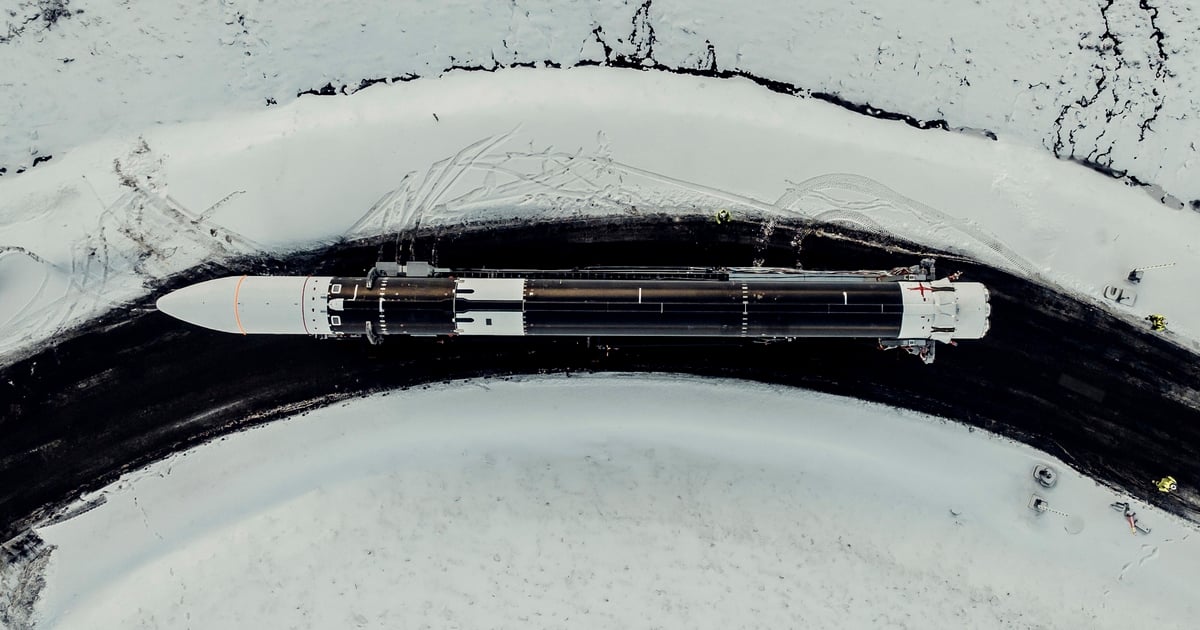



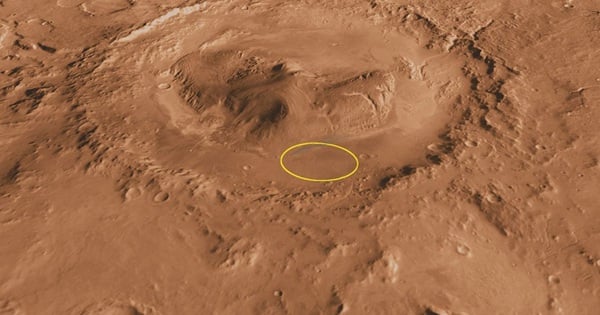


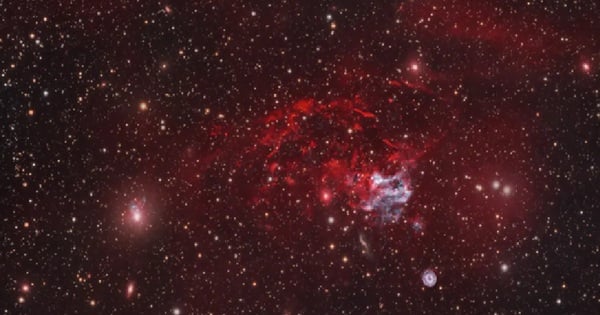
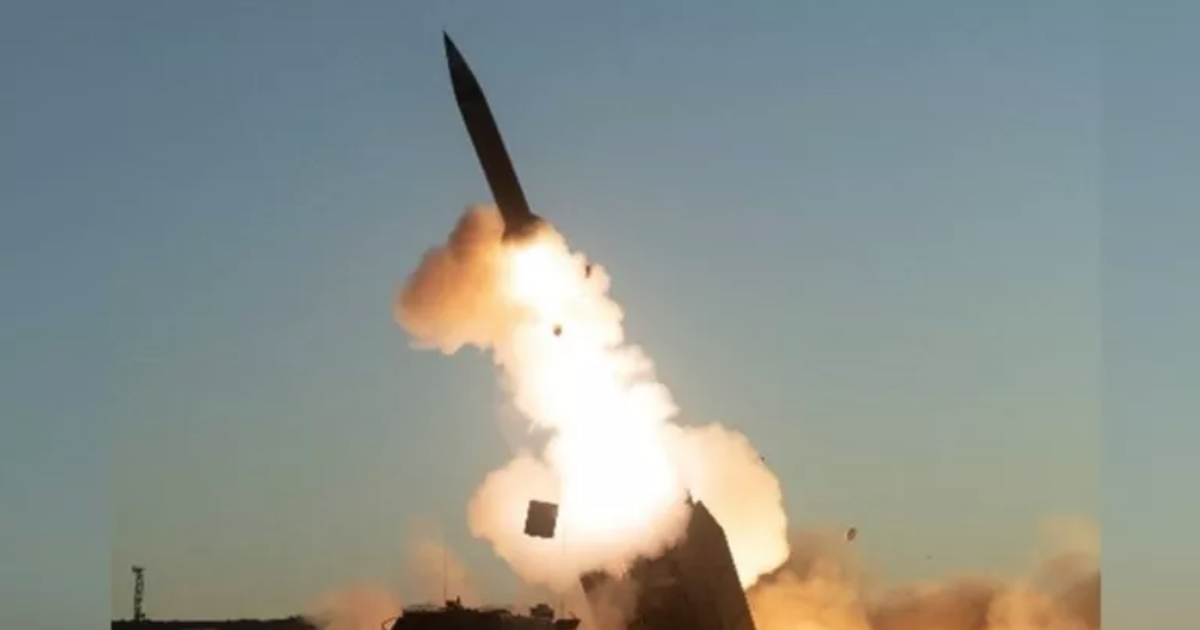



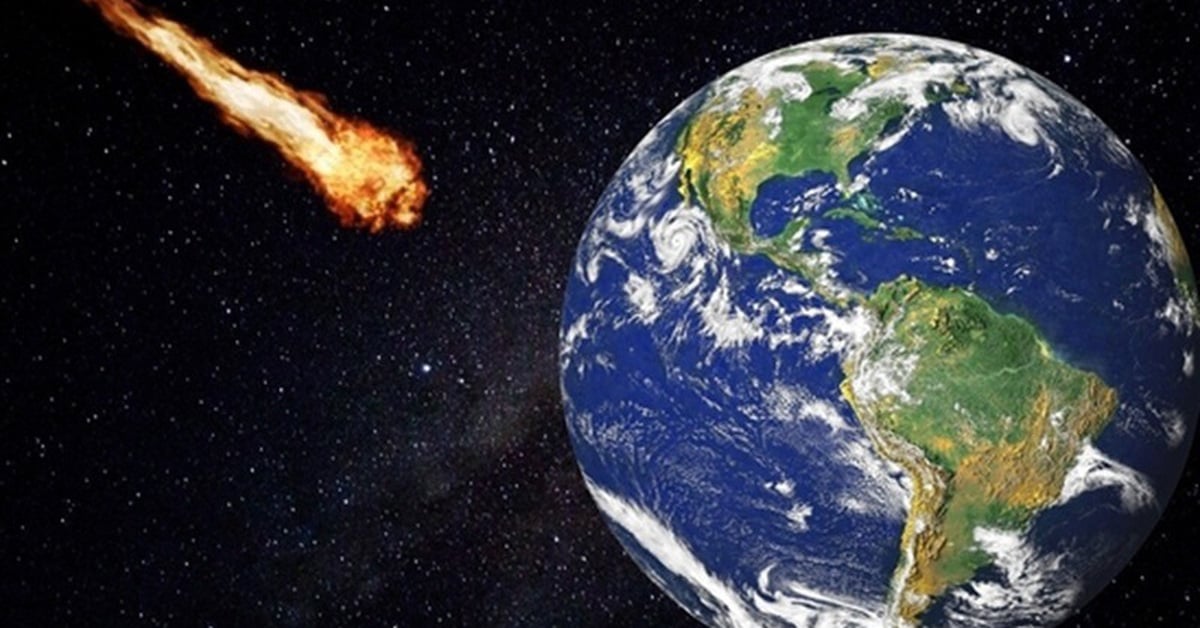












![[Photo] Myanmar's capital in disarray after the great earthquake](https://vstatic.vietnam.vn/vietnam/resource/IMAGE/2025/4/1/7719e43b61ba40f3ac17f5c3c1f03720)






























































Comment (0)